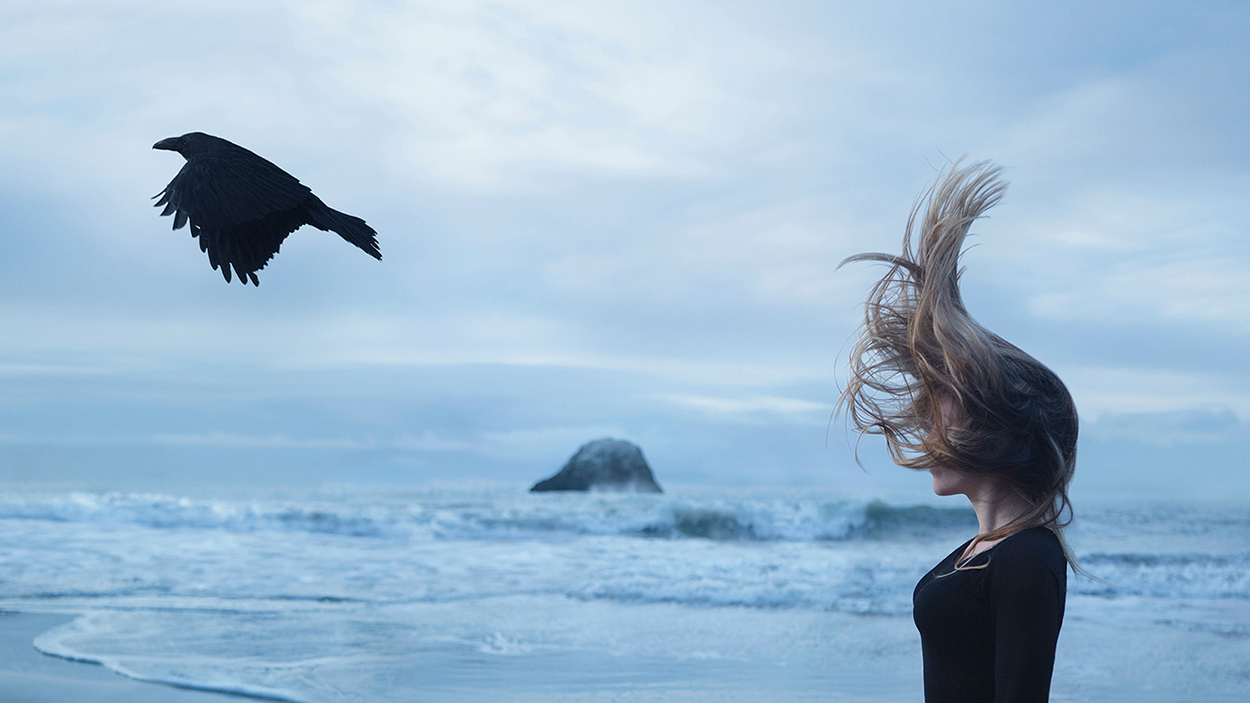
In our fast-paced world, the constant barrage of information and pressure to perform can take a toll on our mental wellbeing. While traditional therapies remain crucial, a growing body of evidence suggests that creative outlets like photography can offer surprising benefits to our mental health.
Studies have shown that photography can be a powerful tool for mindfulness, reducing anxiety, and promoting a sense of calm. By focusing on composition, light and the capture of fleeting moments, photography encourages us to be present in the moment, offering a welcome escape from our daily thoughts.
Furthermore, the act of creation fosters self-expression, enabling individuals to process difficult emotions and tell their stories through captivating visuals.
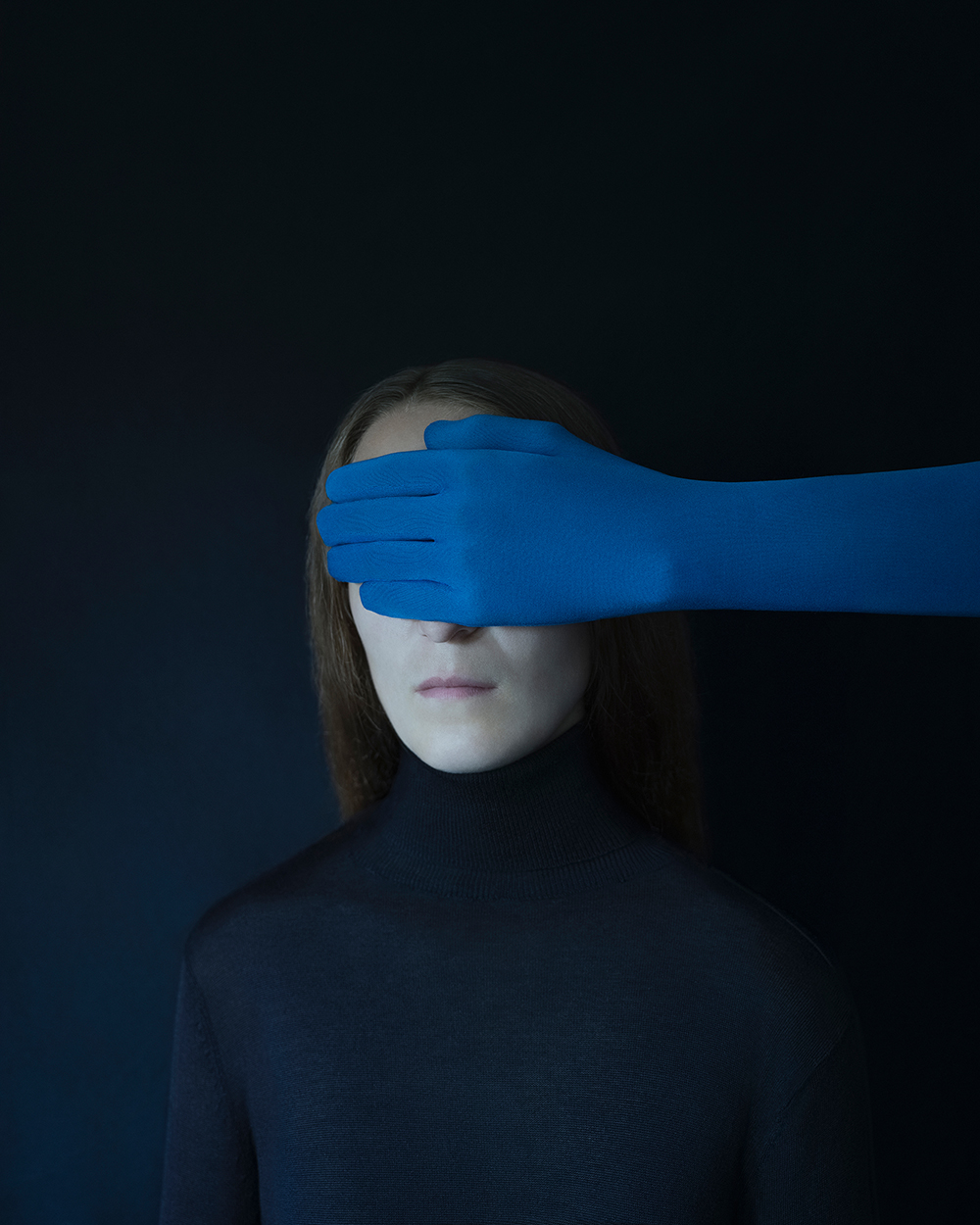
This healing potential has even been recognized by formal institutions. Recently, Wex Photo Video, a major UK photography retailer, teamed up with the National Academy of Social Prescribin NASP to develop a program where photography can be prescribed as a social form of therapy. This initiative highlights the growing recognition of art as a therapeutic tool.
In support of Mental Health Awareness Month (May), I delve a little deeper into this topic by speaking with renowned fine art and Hasselblad Master shortlisted photographer Gabriel Isak, who has harnessed the power of this art form to navigate his own mental health journey.
When did you first start taking photographs?
I got a camera when I was about 15 years old and used it to document the external and internal world of mine; I would experiment with self-portraiture a lot and it was very healing to express my thoughts and emotions through images. I always enjoyed the process of image making as well, and dreamt of making the life of an artist into a career one day as there wasn’t anything that filled me up as much as creating images.
What drew you to photography as the medium to express your creative voice?
The possibility it gave me to express my emotions and feelings in an image. You can say it became a way for me to keep a diary, by documenting what was going on in my internal world.
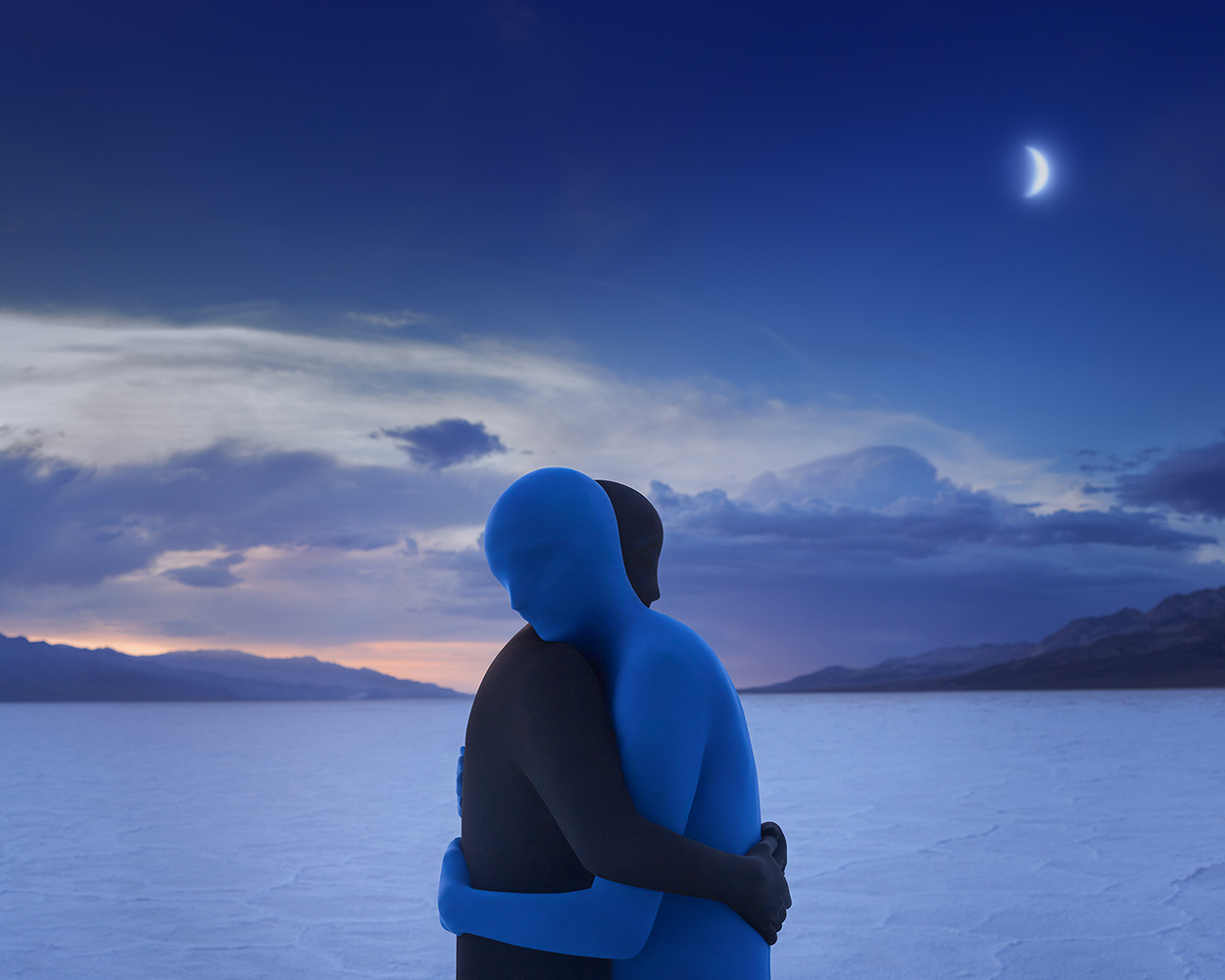
You have been incredibly forthcoming in expressing how photography has helped with some of your battles with mental health. If you feel comfortable sharing, what were these battles and in what way did photography help?
When I was facing the end of my seven-year-long depression I decided to study photography as my bachelor [degree]. It became a way to force myself back into photography, which was what I was most passionate about. I began to take self-portraits again and more and more I did, the self-portraits became abstract. First by blurring out my face in my photos, later by covering myself with objects, then I began to explore body paint and bodysuits as a way to focus on the internal world of the subject in the photos.
After a couple of months of taking these photos, I began to realize that the photography I was creating was a reflection of the years I went through depression, and each photo represented a different fragment of living in the blue world of depression. In the end, it became a therapeutic tool for me, to learn more about myself and work through my mental health.
Has your approach to making art changed because of this?
Yes, it made me find my voice quickly and I decided to keep exploring that and document the experiences of my internal world and the ideas and concepts that inspired me from different life experiences. I still make art to this day, either inspired by a theme that inspires or interests me or from exploring my inner world, emotions, and experiences.
Does this influence the subject matter or approach you choose to take in your work?
Yes, I very much work alone with myself and my camera unless I’m photographing a female subject in my work. I like to work alone and if I work with a model I usually work with someone who is close to me, and I will explain the story for them to get in the mood of the concept I want to create.
Your work is beautiful and very emotive. Are you always looking to portray a narrative?
I am always looking to portray a work of art that has a story behind it. I tend to gravitate towards creating simple and minimalistic photos, rich in emotions and symbolism. Sometimes I am inspired by a landscape or setting, but the narrative always makes it into the photos.
In much of your work, many of the figures are hidden or are hiding their faces and remain anonymous. Is this a conscious choice?
It has always been a conscious choice. This is a way to not put identification on the photos I create, but to let the spectator peek into their world and interact with the subject portrayed, and in turn, reflect on their own journey in life.
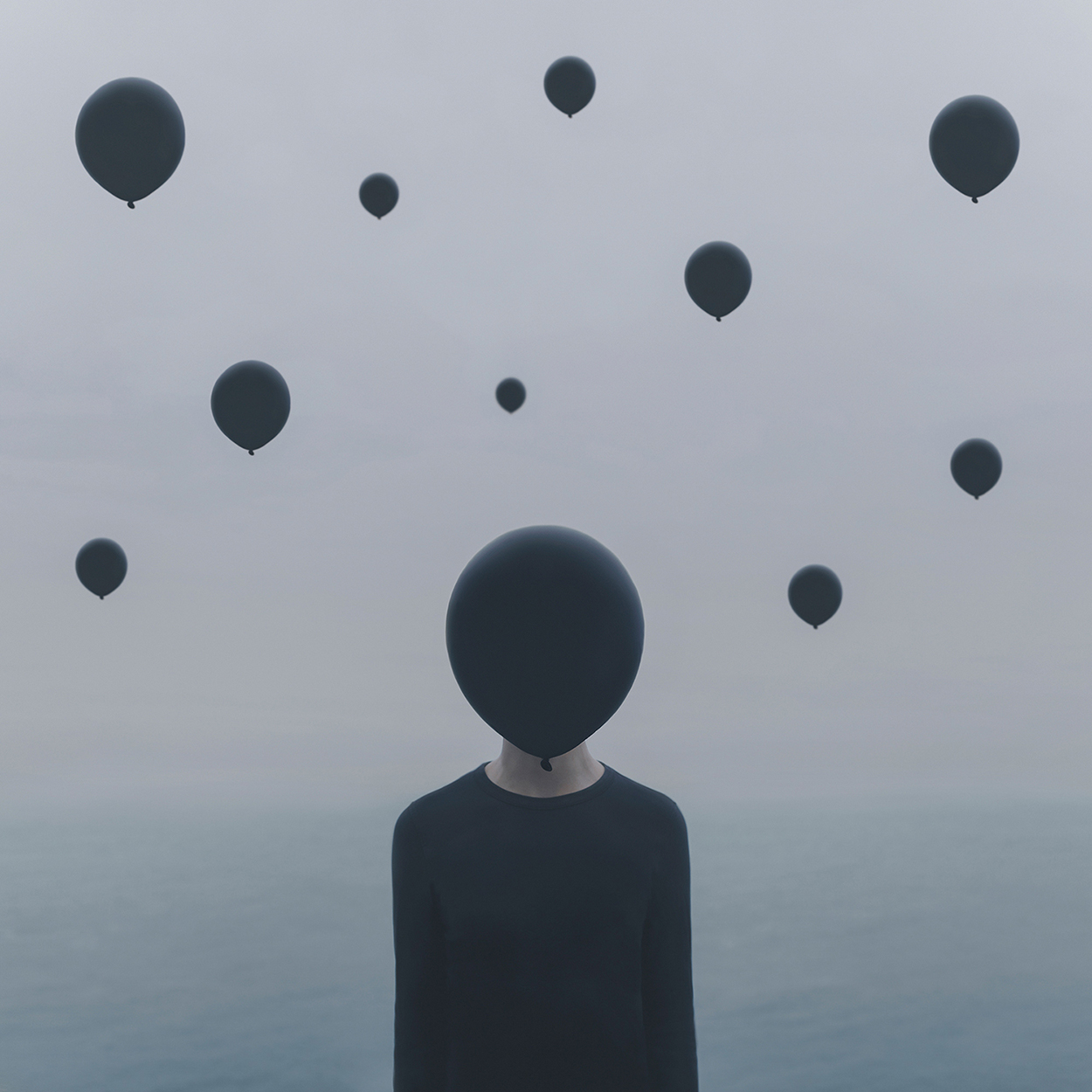
Do you use any other medium such as AI in your work?
I don’t use any AI in my photography, or stock photography, or anything that is not photographed with my camera on location. Sometimes I incorporate composite elements in my work – for instance, if I photograph myself multiple times in a bodysuit and combine that into one photograph. However, if so I shoot everything on location to then combine it.
Your most recent body of work is titled 'Blue Series'. Can you talk a little bit about this work?
'In the Blue' is inspired by the years I battled depression. About 280 million people in the world have depression, and there is still a heavy stigma surrounding the subject, making it even more important for me to cover this project as an artist. In this series, each image represents fragments of living in the blue, depicting the internal world of the character anonymously. This results in an interactive experience for the viewer where they can envision themselves as the subjects in each photograph, experience the world of melancholia, and reflect back on their personal experiences related to the subject.
This year you have been shortlisted for the Hasselblad Masters competition – a fantastic achievement. How does it feel to have your work, and work so personal, gain a high level of professional recognition?
Thank you. It makes me happy that my work is reaching out to more people, helping them in the smallest way of feeling like someone understood what they went through in a life experience, or to make them feel less alone. I believe it's important to shine a light on mental health and remove the stigma around it.
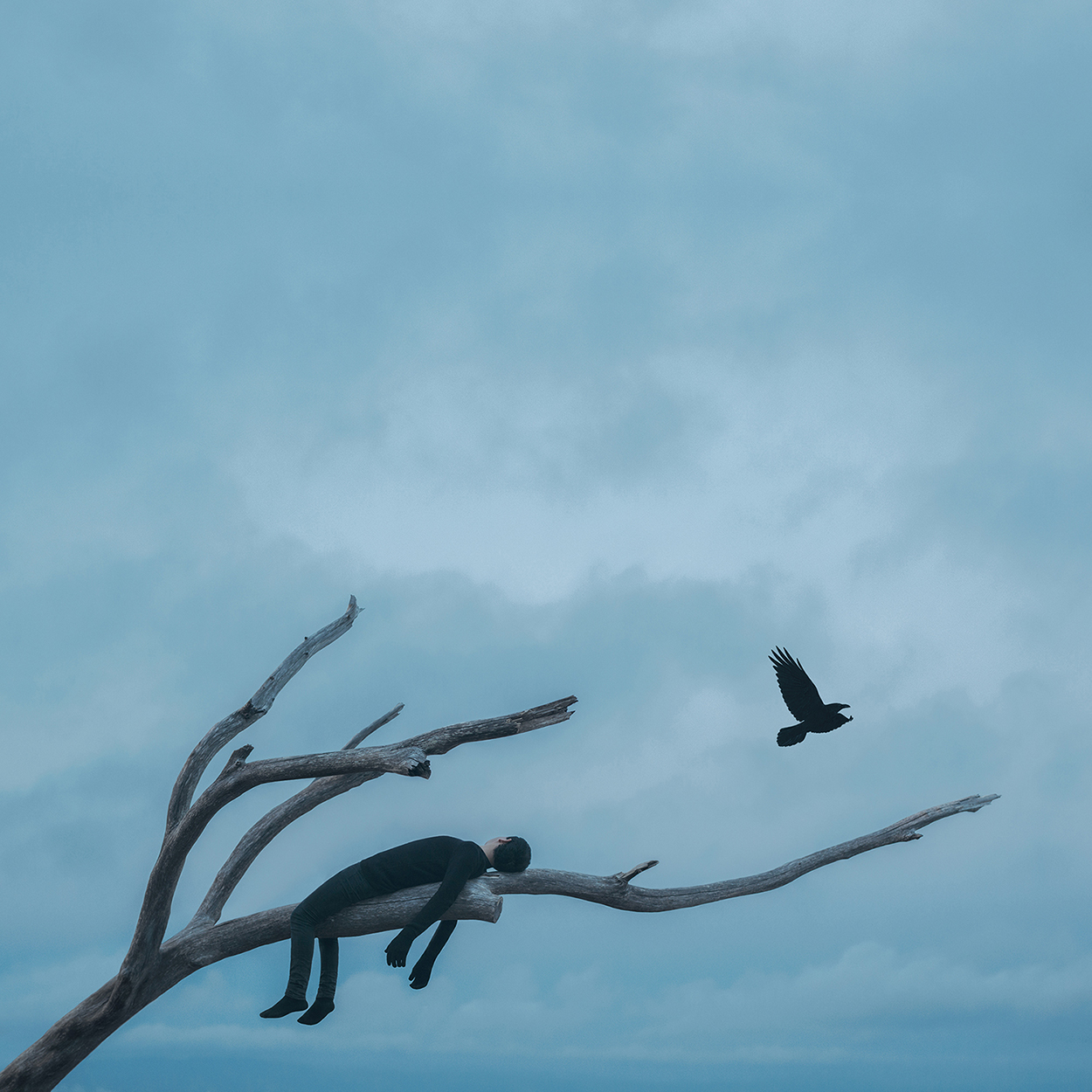
Many people are currently struggling with mental health issues all around the world. In what way can photography help?
To me, photography has been a tool to express and work through my emotions and the harsh experiences of depression and everything that came with it. To be honest, it has been better than therapy ever was for me. Photography became a therapeutic tool that saved me from falling even darker as I got to express myself through the medium.
Is there anything else you wish to add that you think would be of benefit to our readers?
Follow your inner voice, and let that guide you in life. Don’t be afraid to explore your emotions or the harsh experiences you have faced, nor to share them. Do not limit yourself either when you create, but allow yourself to fail many times.
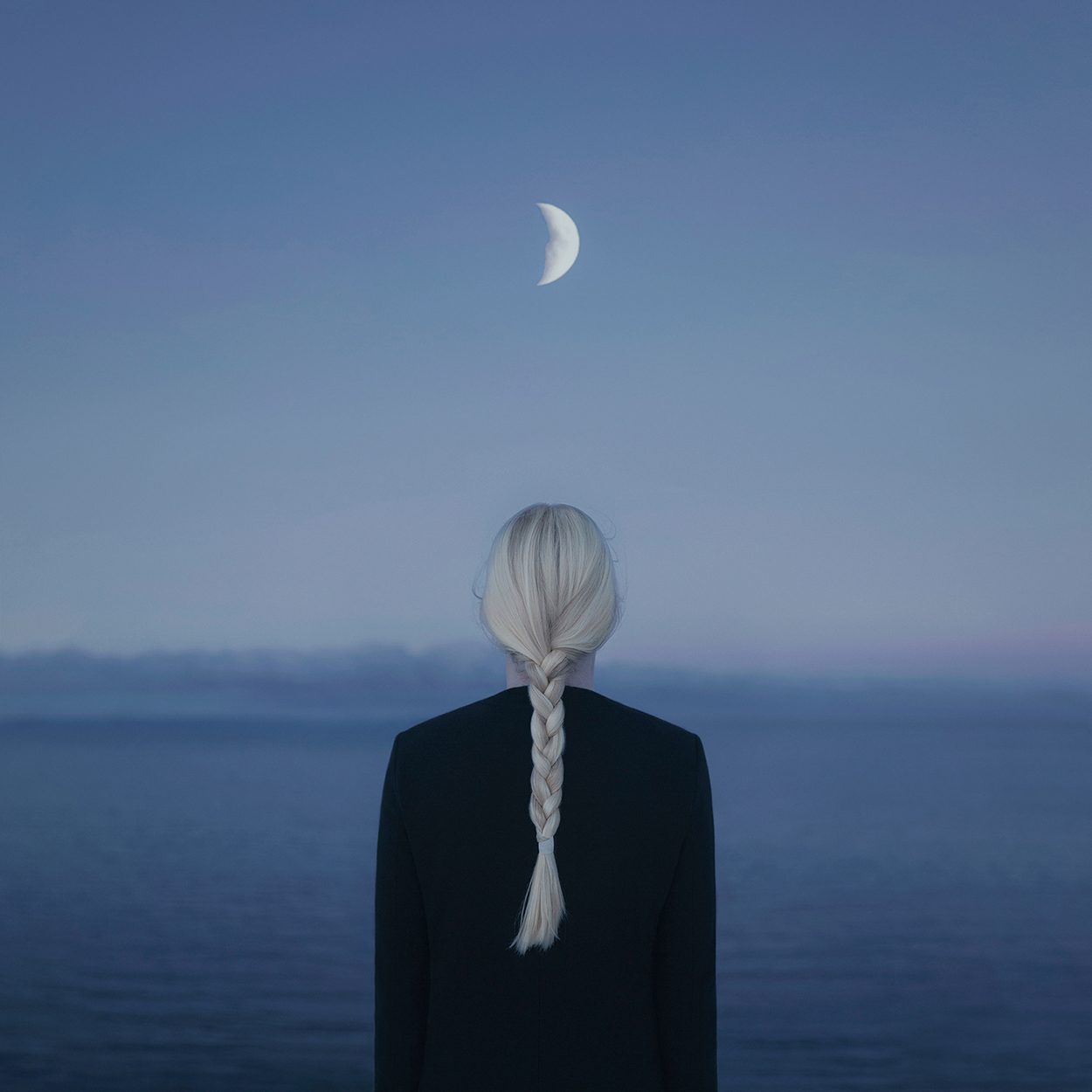
I am extremely grateful to Gabriel Isak for sharing his personal story with us and shedding light on how he was able to use photography as a therapeutic tool. I highly recommend checking out the rest of Gabriel's beautiful work on his website.
The fantastic thing about photography is that, for the most part, it is an accessible creative outlet. Regardless of skill level, or whether you use a camera or smartphone, anyone can pick up a camera and start capturing their own world and express themselves.
Whether it's the meditative state in the act of being present, taking a camera into the peaceful forces of nature, or expressing emotions through portraits – the possibilities are endless. If you or someone you know requires a little head space, try picking up the camera!
If you are struggling and in need of support, there are always people to hear and help you.
In the USA, you can call the National Alliance on Mental Illness NAMI HelpLine: 1 800 950 6264 or text NAMI to 741-741
In the UK, you can reach out to the Mind Infoline: 0300 123 3393
In Australia, Sane Australia offers counselling support for mental health issues: 1 800 187 263
See our guide to the best camera for beginners for more information on the best camera to get you started on your creative journey.







